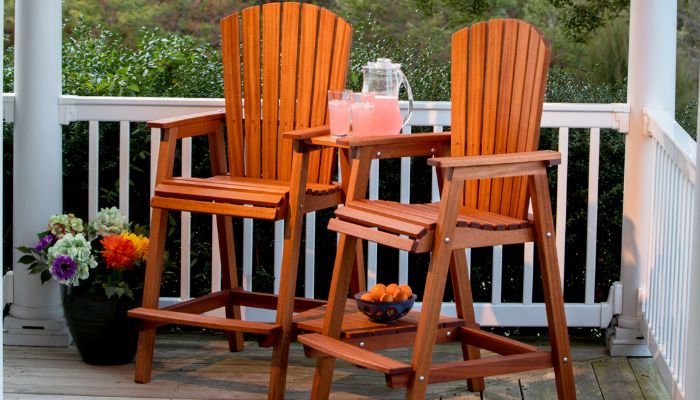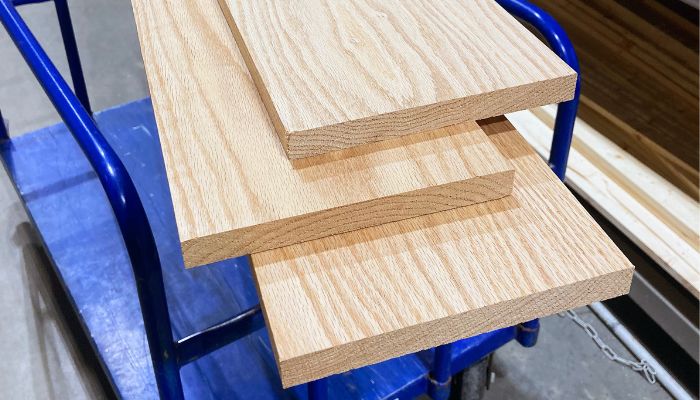Choosing Wood for Outdoor Projects: Five Fast Facts

Outdoor projects are enduring favorites for woodworkers. They're practical for any yard or deck and generally easier to build than indoor furniture. So sooner or later, you'll probably have them on your to-do list! But, whether it's a picnic table, garden bench or Adirondack chair, it pays to give some careful thought to the wood you build it from. That can make the difference between your outdoor project lasting one year or ten. Here are five tips to keep in mind.

1. Species to look for: While redwood or teak are excellent choices for exterior projects, they're hard to find these days and extremely expensive. Five more common lumber species that also stand up well to sunlight, moisture and wood-boring insects are Western red cedar, Spanish cedar, cypress, white oak and mahogany. Red cedar tends to be knotty, but it's affordable and widely available. Cypress is easy to find in southern states and works beautifully, much like pine. Mahogany and Spanish cedar are wonderful options too, but you'll need to dig deeper in your wallet at checkout time.

2. Oaks aren't created equal. If white oak is a good choice for the great outdoors, what about red oak? Not really. Here's the reason why: white oak contains tyloses, which plugs up its vessels to prevent it from wicking in water and rotting. Red oak has little to no tyloses, and it sucks up water like a straw. So, while red oak is easy to find at any home center or lumberyard and a great idea for a kitchen table, it's not the right choice for a bird feeder or planter.

3. If you want to use pine, be sure to paint it. Ordinary white pine won't stand up to wetness and ground contact like the exterior woods mentioned in #1. However, one way to help it stand up to outdoor living is to prime and paint it, then stay on top of that paint job as soon as it starts to crack, chalk or peel. Or shelter your pine lounger under a covered porch where it will stay nice and dry while outdoors. If you live where Southern yellow pine is available, that's a much better choice for outdoor projects. Its high resin content makes it quite durable. Even so, paint it for best results.
4. How about treated lumber? If it's good enough for my deck, you might wonder, why not my porch swing? Well, the chemicals infused into treated lumber help it stand up to just about anything Mother Nature can dish out. But those preservatives aren’t intended for regular contact with your skin, and they're definitely not acceptable for food-serving surfaces like picnic tabletops. Treated wood also causes painful, burning splinters. Enough said.

5. Don’t skimp on the screws. Quality outdoor lumber deserves quality metal, too. Ordinary black-oxide wood or drywall screws are going to rust outside…and fast. So don't use them. Even zinc coating won't give your hinges and bolts that much insurance against corrosion. Instead, think like boat and deck builders do: choose brass or stainless-steel screws and fasteners when the heads will show. Or for a more economical option, buy galvanized hardware or coated exterior screws intended for deck-building. They'll provide the longevity of stainless and brass but for a much more modest price.
Keep the inspiration coming!
Subscribe to our newsletter for more woodworking tips and tricks




